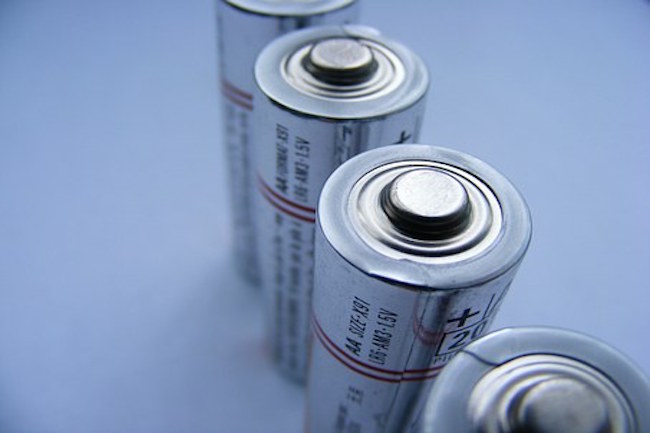Tactical Technology for TEOTWAWKI by James Wesley Rawles for Survival Blog
GNN Note – for those not familiar with Mr. Rawles he is the “grandfather”, the authoritative voice, in the preparedness community. Survival Blog, which he is the publisher, has been around about as long as the internet. He doesn’t write as much as he used to, however, his website is one of the highest ranking, of all websites, in the world.
Having had the privilege of interviewing Mr. Rawles on two different occasions, it can be said that he is a gentlemen, scholar and one of the most learned people in the survival community. Well your time to listen to these interviews after reading the article below.
James Wesley Rawles – Proceed, with Prayer
Better Protected, Better Prepared and Aware – James Wesley Rawles
******
I’ll admit it: I’m a techno-geek. Ever since I programmed my first computer in BASIC using punched paper tape many (many) years ago I’ve been fascinated by computers and electronics, and I’m always finding ways to leverage technology to improve various aspects of my life. I use RFID chips on many of my preps so I can locate them quickly, I’ve created an extensive database of all of my preps that includes type, quantity, location, storage bin, expiration/rotation date and lots more, and I’ve created a centralized home security system using Python running on a couple of Raspberry Pis with a boatload of sensors and cameras. Yes, I also make sure I have hardcopy and analog backups and alternatives for everything in case something goes wrong, but I’ve found that by taking advantage of technology I can significantly improve many aspects of my preparations.
One of the crossovers of my interest in technology and my military background is that I’ve always been fascinated by the ways the military applies technology to support field operations. Programs like the US Army Land Warrior and SOCOM’s Hyper Enabled Operator provide some interesting ideas for how troops can use technology to support combat operations, and devices like the FLIR Black Hornet drone show how the technology can be applied today. Unfortunately, unless you have a friend in military procurement and $80K to spare, you probably won’t be able to get hold of a Black Hornet drone; however, there are a lot of affordable alternatives available that you can use to improve your operations when you’re out in the field. This article will focus on ideas and solutions for applying technology when you’re mobile in tactical situations.
I know there are folks that believe that digital technology won’t have any place in post-SHTF environments, but I would argue that a lot of the technology I’ll be discussing is just as useful in both pre- and post-SHTF situations as red-dot sights, night vision devices and radios. Most of it can last years if properly cared for, and the low-cost devices I’m focusing on will enable most people to stock up on spares and replacement parts. I’m also not advocating digital solutions as a total replacement for any single item; rather, they can extend or complement other analog or manual solutions.
One other common concern is what happens to the electronics if there’s an EMP event. The good news is that you can fit a decent electronics field kit into a single .50 caliber ammo can converted into a Faraday box. The only thing that may not fit would be a power generation system (discussed later), so you may need a separate way to protect that. I also use several small Silent Pocket Faraday bags to carry individual devices when I travel with them.
I had a couple of goals for the solutions I’ll be discussing:
- Relatively low cost
- Lightweight
- Small size
- Rechargeable/powered via USB or standard AA/AAA batteries
I’ve tried to provide Amazon links for most of what I’ll be covering in the article, but you may be able to find the same or equivalent items for less money on places like DealExtreme, AliExpress, BangGood or other China direct sites (assuming you’re willing to wait a month or two for delivery). Also, please note that I wrote this article over a period of months, which is several lifetimes in the consumer electronics space, and some of the items may have been upgraded or replaced with newer models by the time you read this, so do some research.
I’m going to start by going over a number of factors that are common for most of the devices I’ll be discussing later on – power, wireless communications, weatherproofing and heat management.
MORE POWER, SCOTTY!
Every piece of electronic equipment runs on electricity (and maybe magic smoke), so you’ll need to make sure you have some way to charge and run your devices when you’re mobile. If you’re only heading out on a 1- or 2-day movement you may be able to get by with just charging everything before you leave, but having some way to recharge things while you’re away from your home base for an extended period of time can significantly enhance the usefulness of your devices. Since I’m focusing mostly on devices that charge or operate via USB power (5V) that’s what I’ll concentrate on here.




